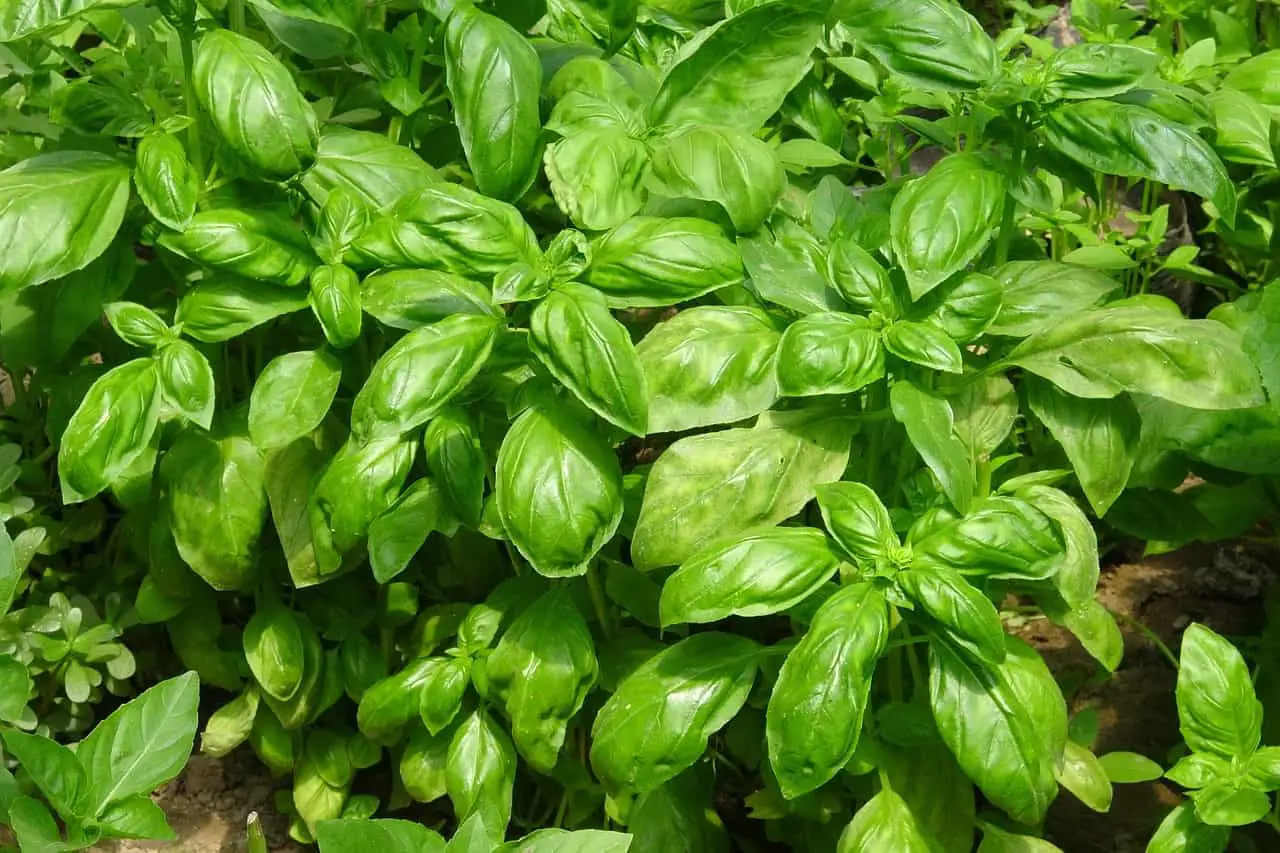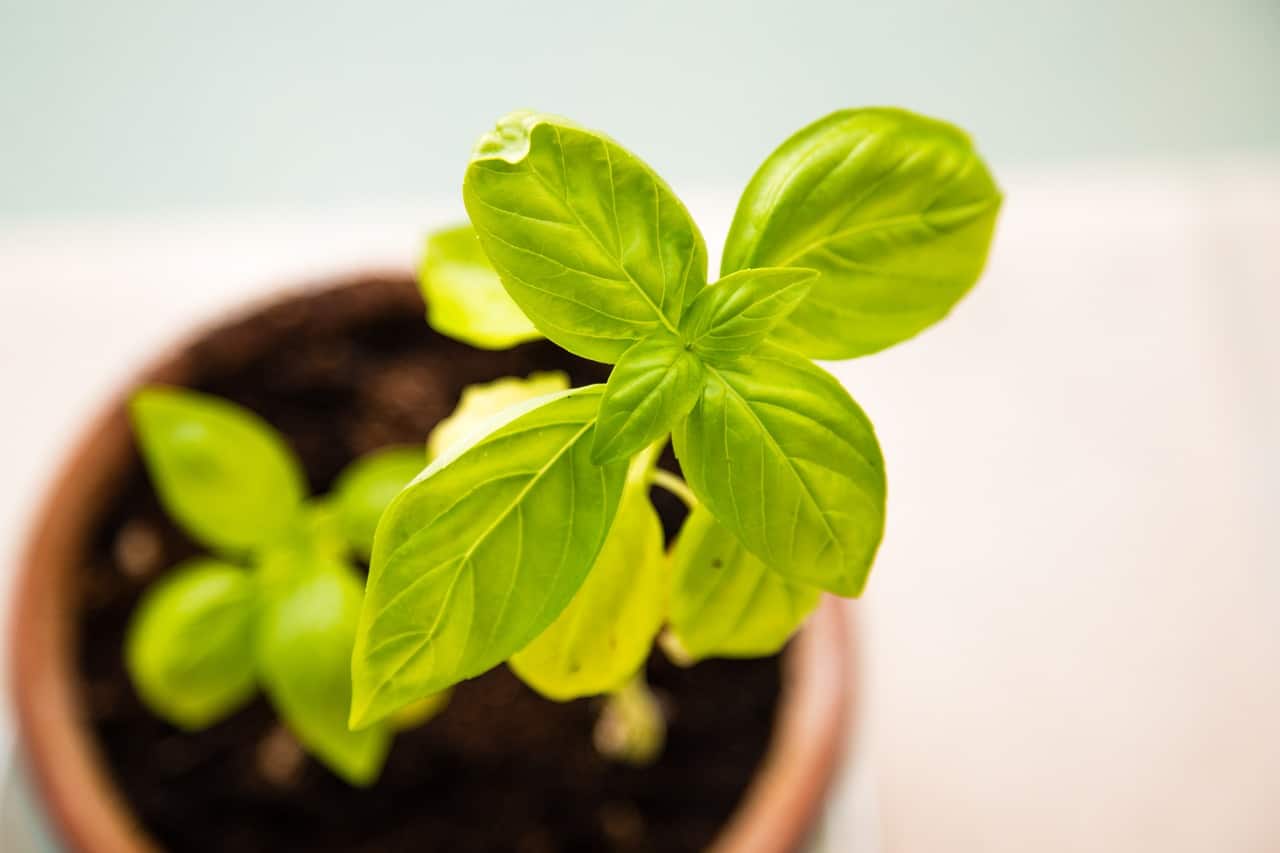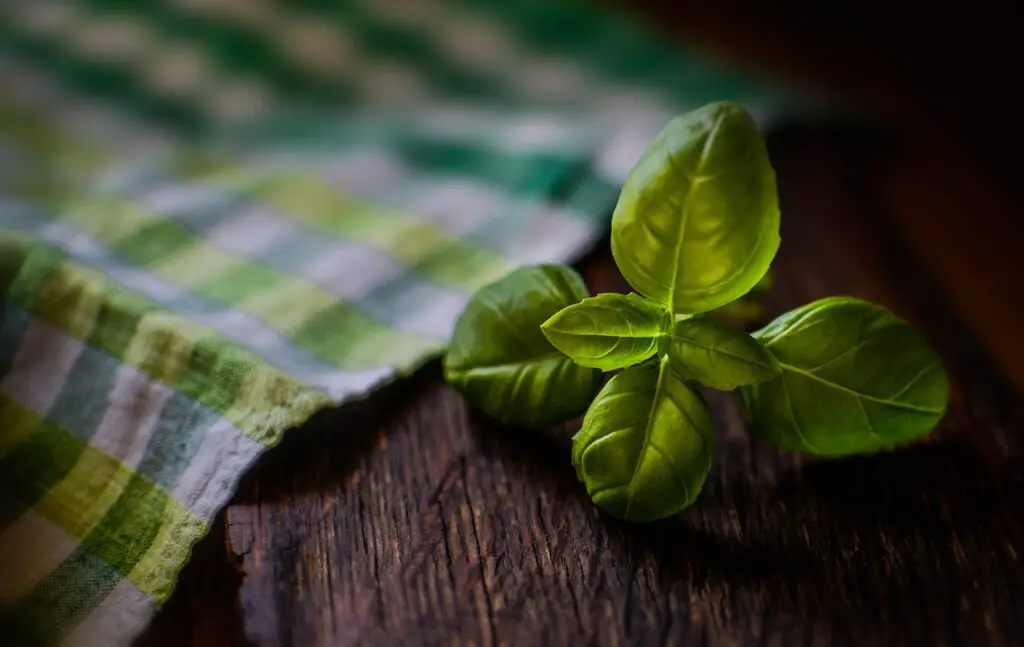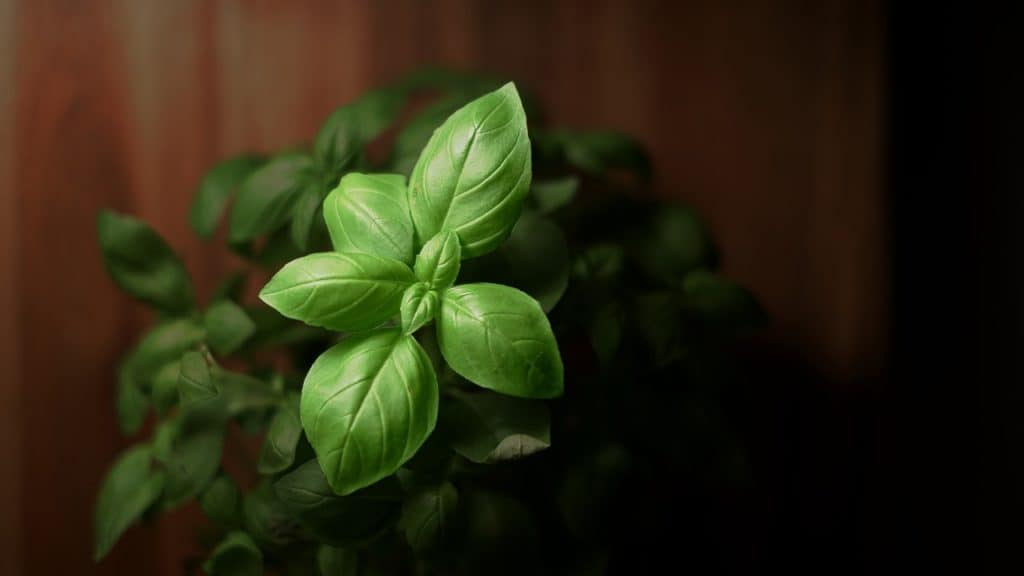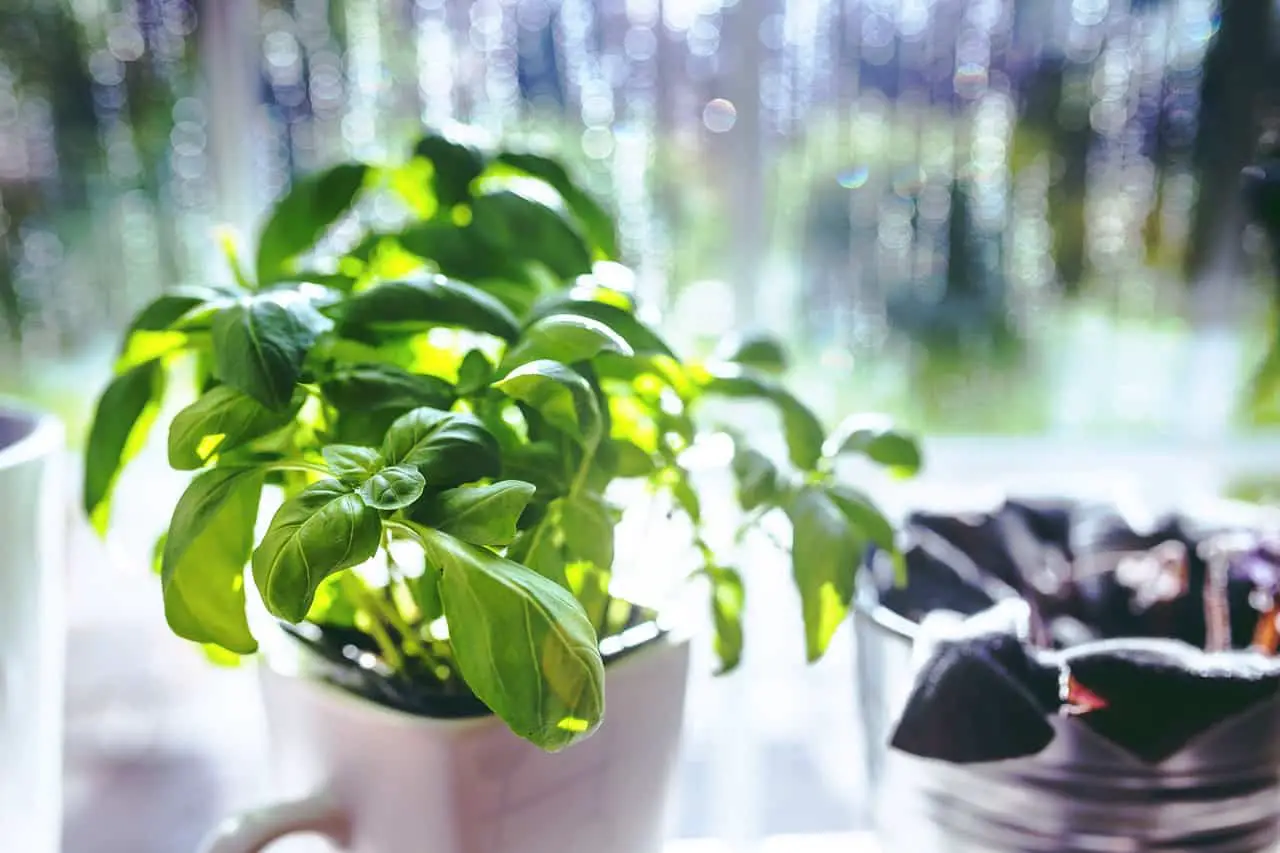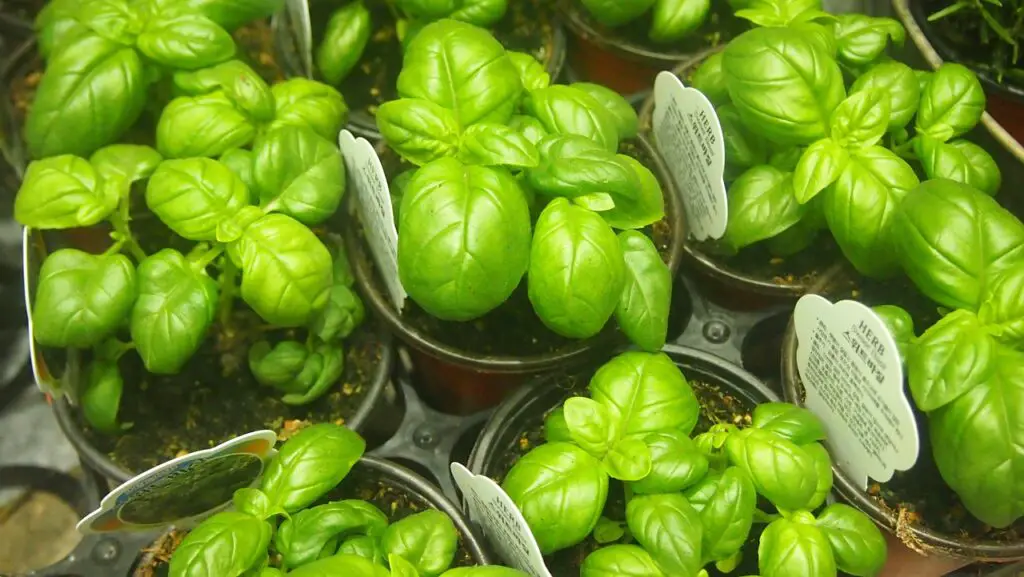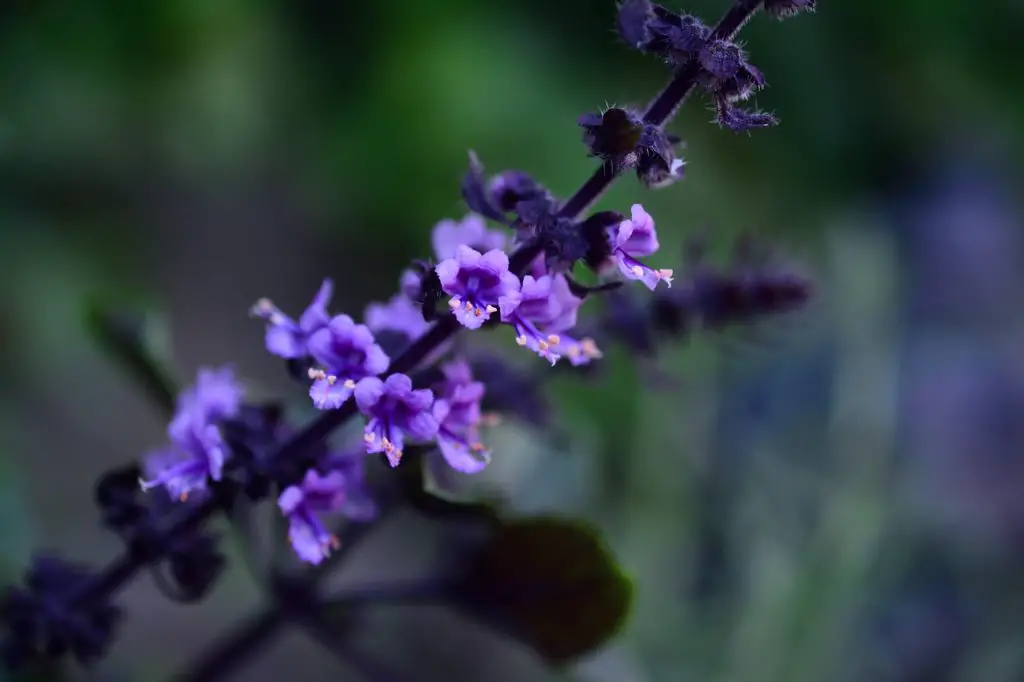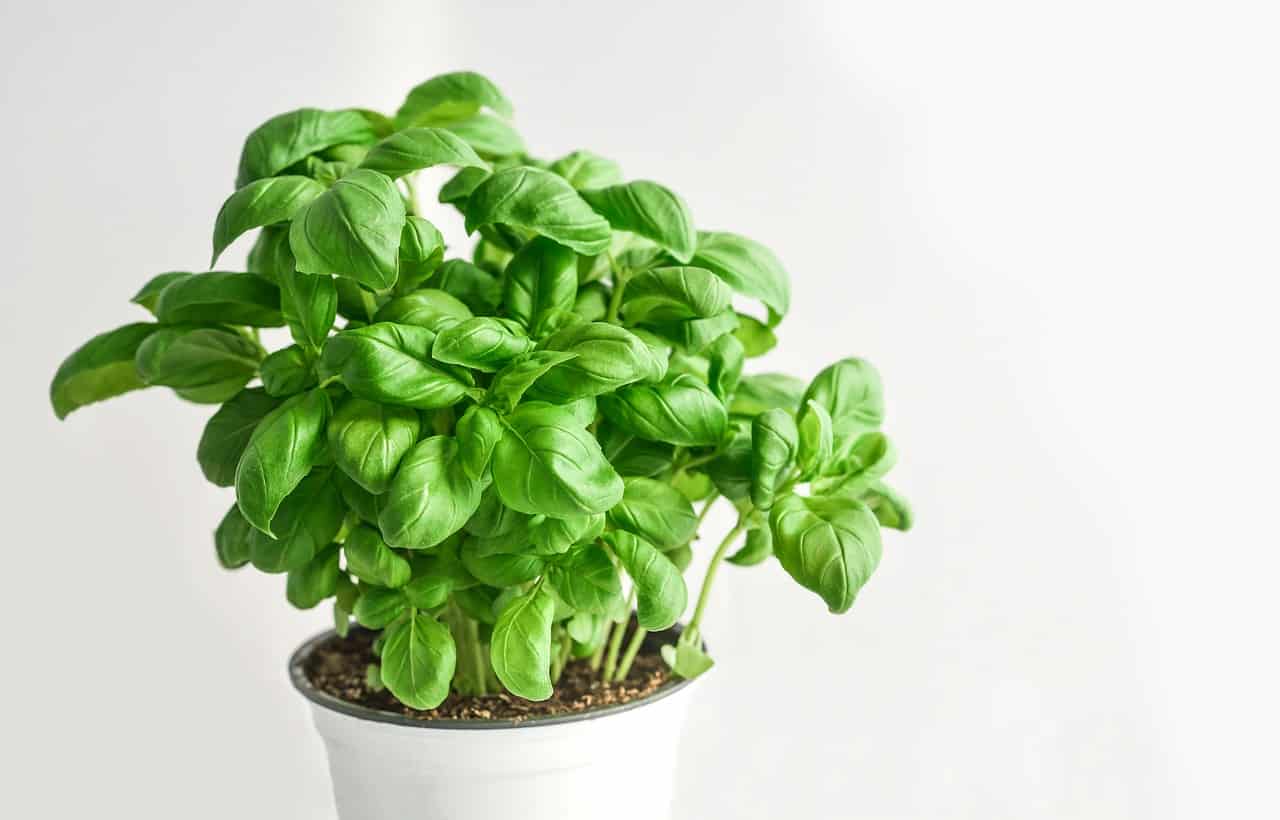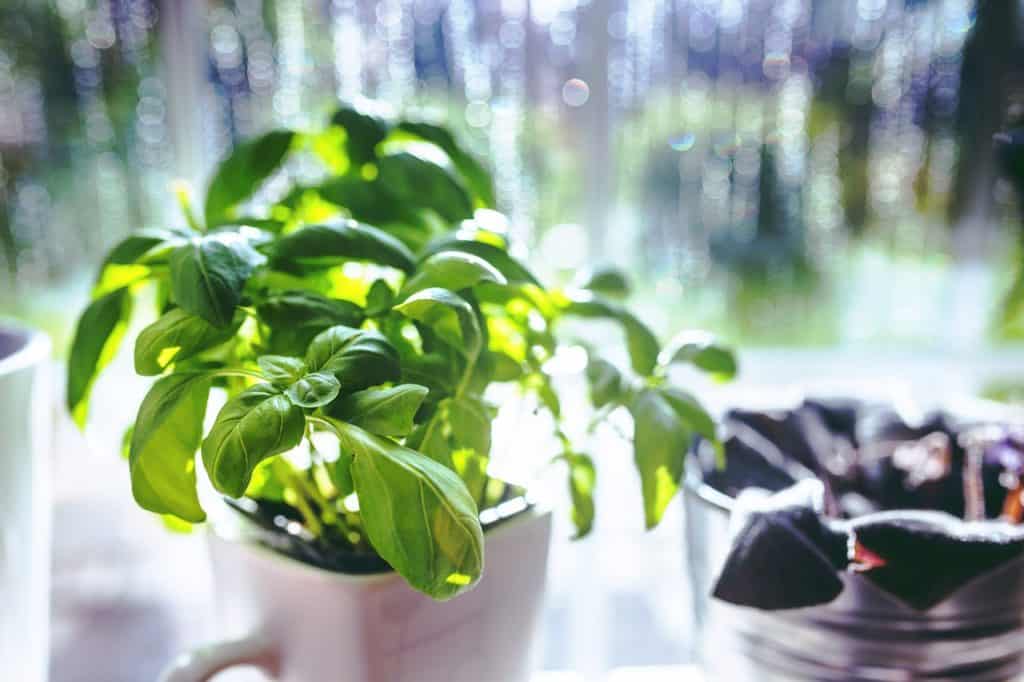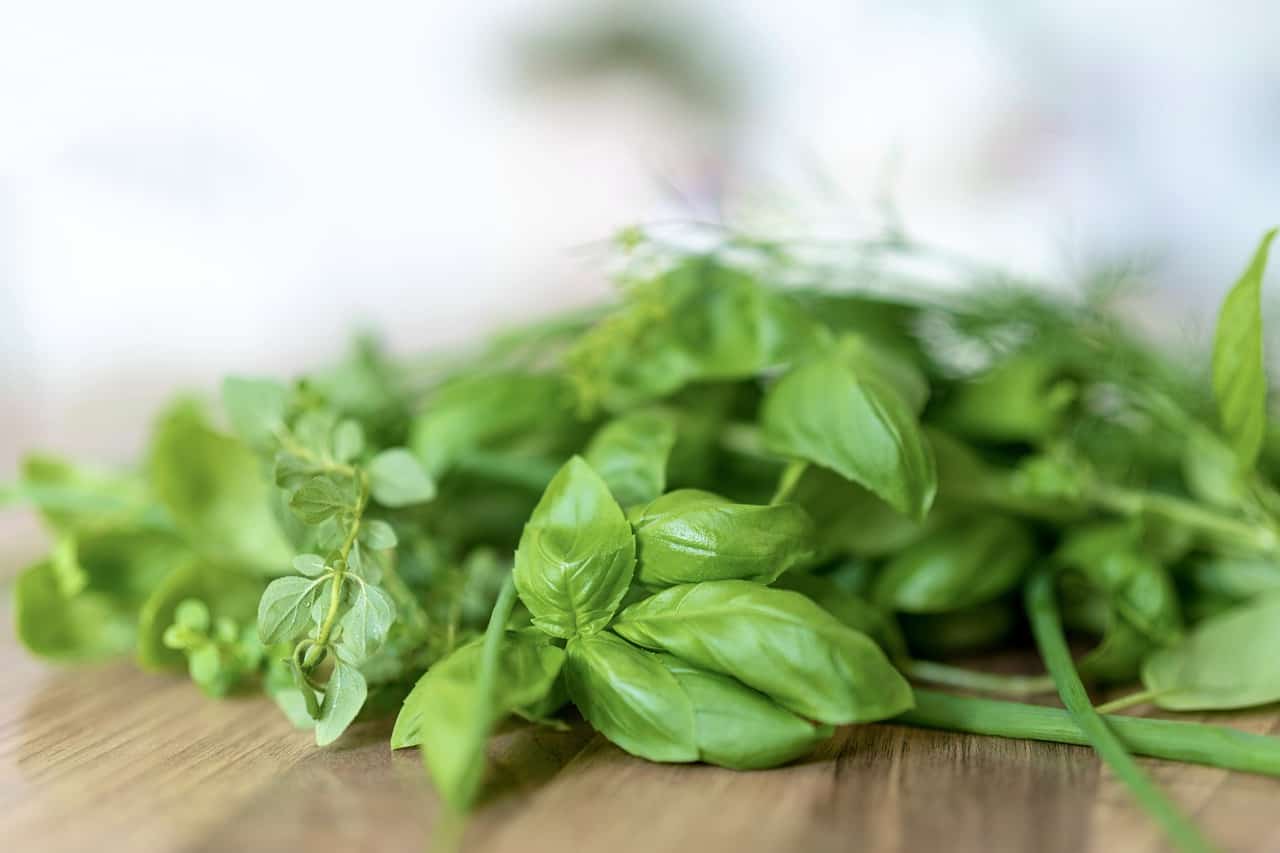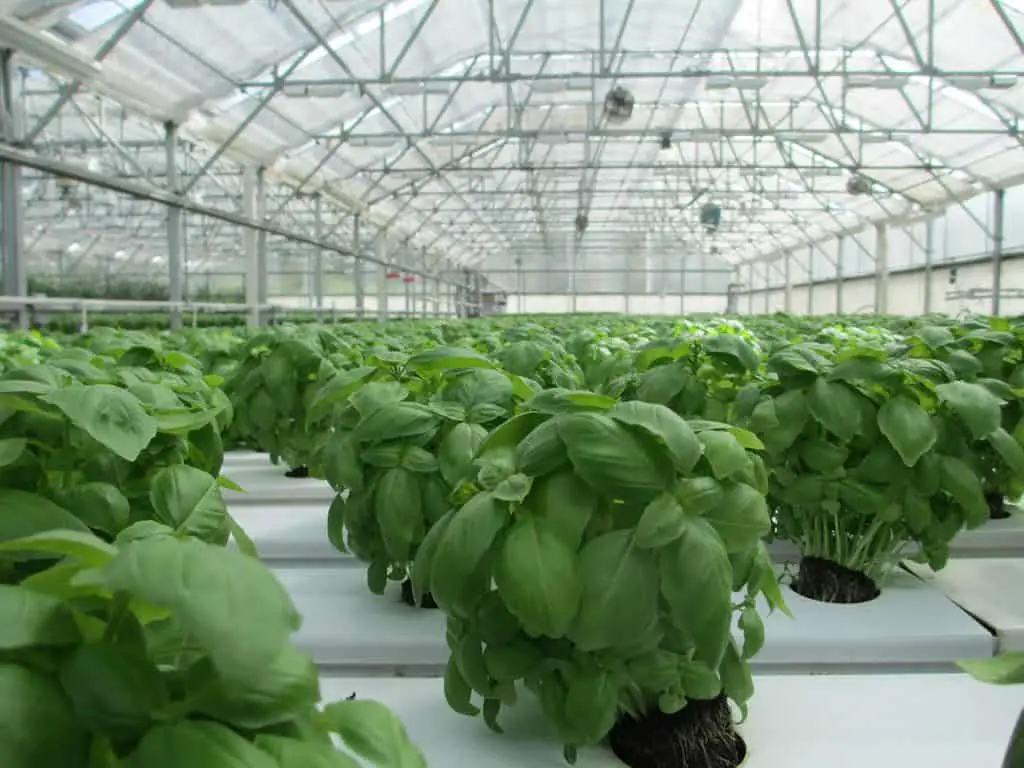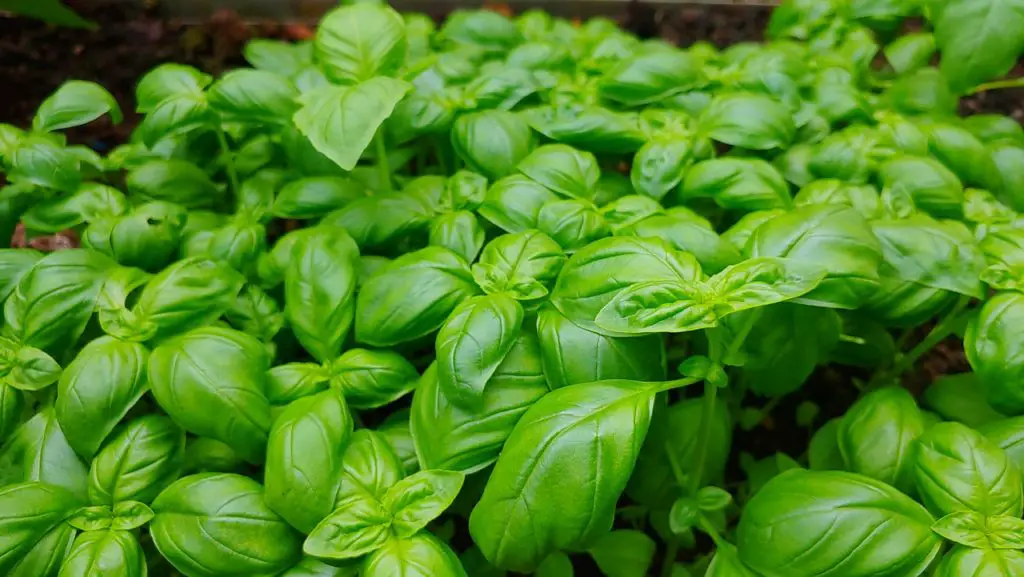
Basil is a popular herb used in many culinary dishes and is also known for its medicinal properties. However, if you are growing basil, you may be wondering if it is an annual or perennial plant. In this article, we will answer the question, “Does basil come back every year?”
Does Basil Come Back Every Year?
Basil is an annual herb, which means it completes its lifecycle in one growing season and does not come back every year. However, in some regions with mild winters, basil may reseed itself and grow again the following year as a self-seeding annual.
It is also possible to extend the lifespan of a basil plant by taking cuttings and propagating new plants. By doing this, you can keep the same basil plant going for several years, although the original plant will eventually die off. To keep basil plants producing for as long as possible, it’s important to keep them healthy and prevent them from flowering too soon. Pinching off any flower buds as soon as they appear will encourage the plant to put its energy into leaf production, which is what most people want from their basil plants.
Does Basil Come Back After Winter
Basil is a warm-weather plant that is sensitive to cold temperatures and frost. In most regions, it is grown as an annual plant, meaning it completes its life cycle within a single growing season and dies off at the end of the season. When winter arrives and temperatures drop, basil plants that are left outside will likely die due to the cold.
However, if you live in a region with mild winters, you may be able to keep your basil plant alive through the winter by bringing it indoors or covering it with a protective blanket. In this case, your basil plant may continue to grow and produce leaves, but it will likely slow down its growth and production during the winter months. If you allow your basil plant to go to seed in the fall, it may self-sow and produce new basil plants in the following spring. However, this process is unpredictable and may not result in the same quality of basil as the original plant. To ensure a steady supply of high-quality basil, it is best to start new plants from seeds or cuttings each year.
Does Sweet Basil Come Back Every Year
Sweet basil is an annual plant, which means that it completes its entire life cycle, from germination to flowering and seed production, in a single growing season. As a result, it does not come back every year on its own, and new plants must be grown from seed or purchased as seedlings. However, with proper care and management, it is possible to extend the lifespan of sweet basil plants and enjoy them for multiple growing seasons. One way to do this is by taking cuttings from mature plants and rooting them to produce new plants.
Another approach is to allow some of the basil plants to go to seed and collect the seeds for future planting. If the seeds are stored properly, they can remain viable for several years, allowing gardeners to continue growing sweet basil without having to purchase new seeds every year. It’s worth noting that sweet basil is sensitive to cold temperatures and frost, so even if the plants are protected, they may not survive the winter in colder climates. In these areas, gardeners may need to treat sweet basil as an annual and replant it every spring.
Why Does Yellow Basil Come Back
Basil plants can sometimes develop yellow leaves, which can be caused by various factors such as over-watering, under-watering, nutrient deficiencies, pests or diseases. However, if the yellowing of the basil plant is a result of natural aging, it will eventually lead to the death of the plant. As for whether yellow basil can come back, it depends on the underlying cause of the yellowing. If it is a result of a nutrient deficiency or pest infestation, addressing the underlying issue can help the plant recover and potentially grow new leaves. However, if the yellowing is due to natural aging or disease, the plant may not be able to recover.
It is important to note that regular pruning and harvesting of basil can help promote healthy growth and prevent issues such as nutrient deficiencies and pest infestations. It is also important to ensure that the basil plant is receiving adequate water, sunlight, and nutrients to promote healthy growth.

Is Basil A Perennial
Basil is typically grown as an annual herb in temperate climates due to its sensitivity to cold. However, in tropical and subtropical regions where frost is absent, basil can survive as a perennial, thriving for multiple years if properly cared for and protected from extreme conditions.
Is Thai Basil a Perennial?
Thai basil (Ocimum basilicum var. thyrsiflora), also known as “sweet basil” or “Asian basil,” is a popular herb in Southeast Asian cuisine. It has a distinct aroma and flavor, with hints of licorice, mint, and anise. Many people wonder if Thai basil is a perennial plant or an annual. The answer is that Thai basil is technically an annual plant, but it can sometimes act like a perennial in warm climates. In areas with mild winters, Thai basil may survive and regrow the following year. However, in colder climates, Thai basil is best grown as an annual.
Thai basil grows best in warm and humid conditions, with temperatures between 60°F and 90°F (16°C to 32°C). It requires full sun or partial shade, and well-draining soil. In cooler climates, Thai basil can be grown in pots or containers that can be brought indoors during the winter months. To harvest Thai basil, pinch off the top leaves and stems to encourage bushier growth. It can be used in a variety of dishes, including curries, stir-fries, soups, and salads. Thai basil also has many health benefits, as it is rich in antioxidants and has anti-inflammatory properties.
Caring For Basil Outdoors
Caring for basil outdoors involves ensuring it receives 6-8 hours of sunlight daily, as the herb thrives in warm, sunny conditions. Plant basil in well-draining, fertile soil with a neutral to slightly acidic pH. Water the plants regularly, allowing the soil to slightly dry out between waterings to prevent root rot. Mulching around the plants can help retain soil moisture and suppress weeds. Regular pruning encourages bushier growth and prevents bolting, where the plant starts to flower, which can affect the flavor of the leaves. Protect basil from cold snaps and frost, as it is sensitive to low temperatures.
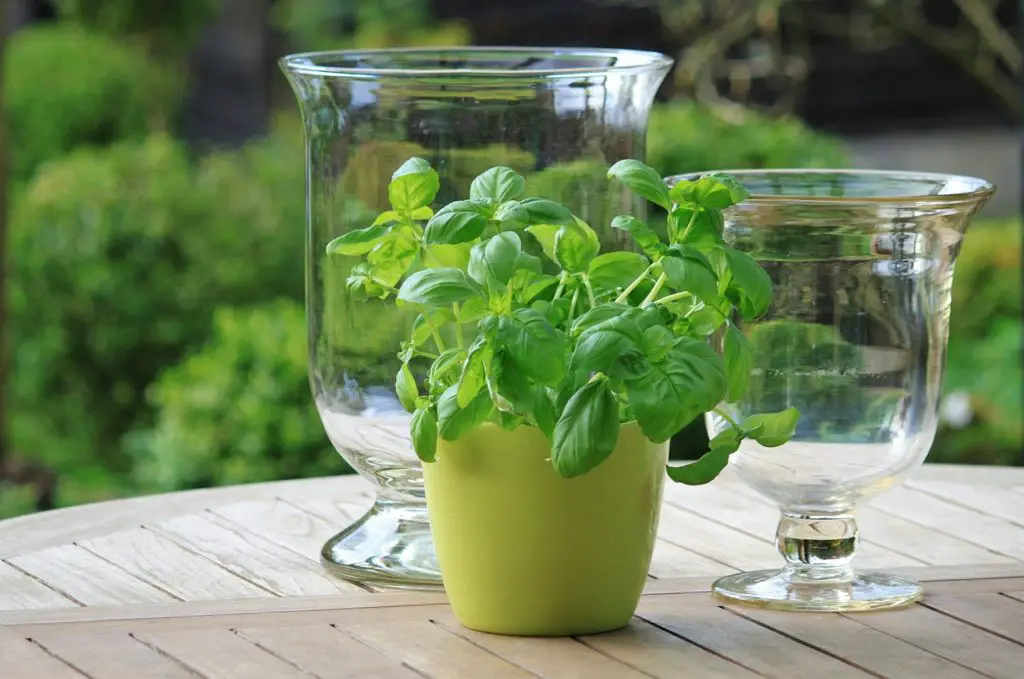
FAQ
Does Potted Basil Grow Back Every Year?
Basil is a popular herb that can be grown in containers or pots. One question that often comes up when growing basil in pots is whether it will grow back every year. The answer is that it depends on the type of basil you are growing and the growing conditions. If you are growing an annual basil variety, it will not come back next year. These types of basil plants complete their life cycle in one growing season and die off in the fall. Examples of annual basil varieties include sweet basil, Thai basil, and lemon basil.
